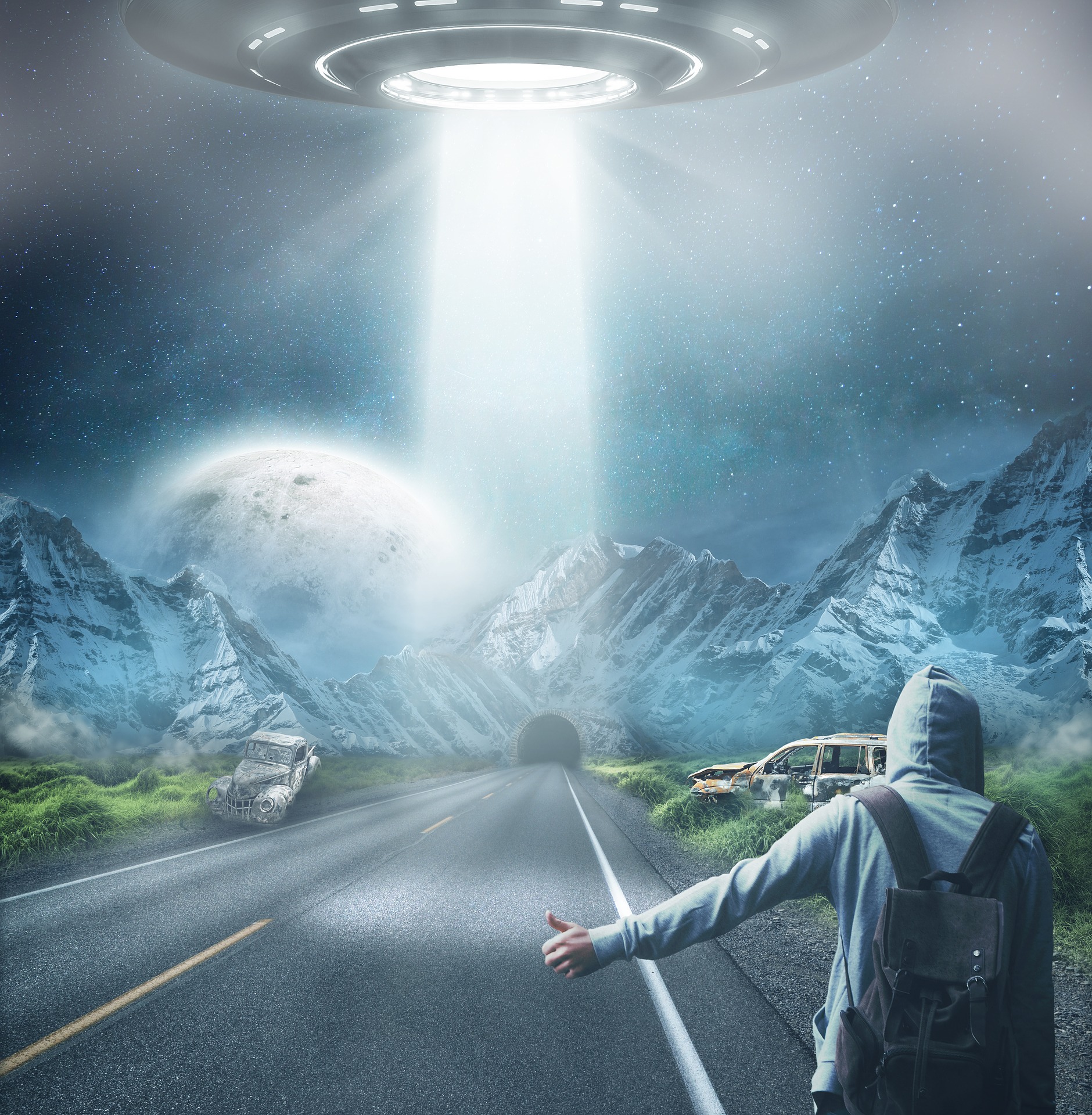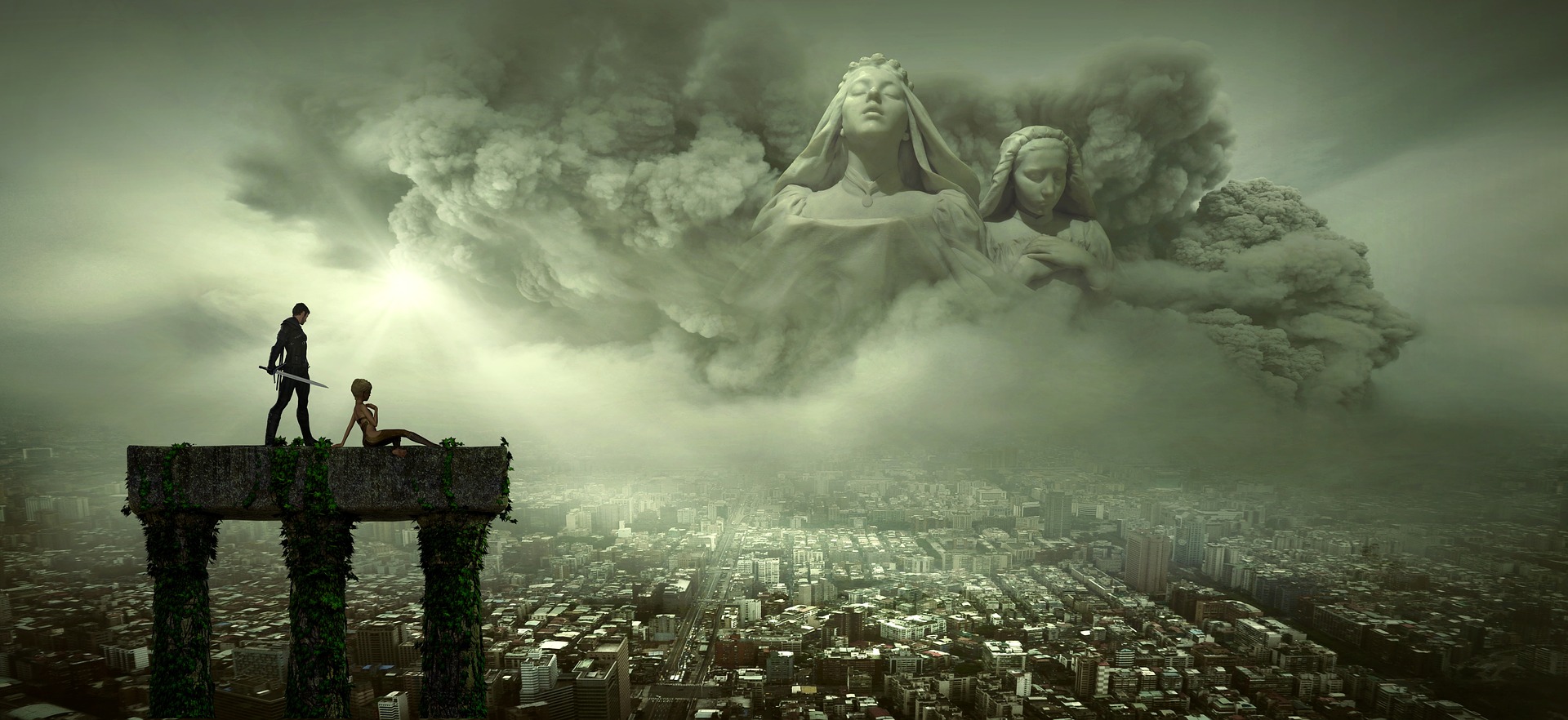Introduction
Arcanepunk is one of those sub-genres of fantasy that mixes multiple aspects of different genres together. This can make it an interesting genre to work with if you enjoy mixing parts from different genres or sub-genres together. If you aren’t fond of doing that and prefer something that’s very cut-and-dry, however, this may not be the genre for you. That said, let’s take a look!
Defining Arcanepunk Fantasy
Arcanepunk fantasy is an intriguing mix of science and magic. Often, the world may feel very old fashioned and can borrow from steampunk or other fantasy genres that have a more archaic feel to them. However, the technology itself is typically 19th century or higher in its advancement, and the people generally have access to it. Not everyone will be studied in it like a wizard or scientist might be, but they have a general knowledge that can be utilized in daily life.
The other interesting point that arcanepunk focuses on is the way magic and science have developed together. This is the genre where you’ll see crystal power sources replacing coal or glyphs replacing electricity in a device. This makes for quite an interesting combination of magic and science in the devices people use on a daily basis.
Writing Arcanepunk Fantasy
When it comes to writing arcanepunk, authors are faced with a few unique challenges. Let’s take a look at a few.
Magic and Tech Development
The first challenge facing writers is the unique combination of magic and technology. To begin with, anyone writing arcanepunk has to choose what level of magic and tech their world will possess. But in doing so, they also have to remember that magic and technology developed together. So, they have to determine how magic will be interwoven with the technology that people use on a daily basis. This may involve replacement of power sources with magical powerhouses or spells to power sections of an otherwise technological device. Or perhaps the entire device needs magic to operate but is built entirely with machinery and technology?
This is what an author of arcanepunk has to think about. It’s similar to steampunk in that sense since steampunk also requires a writer to determine how to weave two systems that otherwise wouldn’t coexist together. But this can also make arcanepunk a lot of fun to work with because it provides boundless opportunities for invention and creation to go on while building the world.
Worlds
Unlike steampunk, which is limited to Victorian-style settings, arcanepunk can be used in almost any type of setting. The genre often does take on an old-fashioned feel, as I mentioned earlier, but it doesn’t have to and it isn’t limited to only Victorian-style settings. This leaves you quite a bit of leeway to create your world in an arcanepunk fantasy novel.
Those who don’t like being restricted by the setting requirements of steampunk but still prefer an old-fashioned feel with magic and science intertwined may like arcanepunk for precisely the freedom this allows. The sub-genre may be more obscure, but it’s definitely more broad with more freedom to experiment and explore. Additionally, for those of you who love sci-fi and fantasy, this is a nice in-between since it blends the two. So, there is that.
Institutions and Governments
Since your society is one that possesses both tech and magic on a level that makes it easy for the average Joe to use it, it makes sense that there would be governments to regulate the use of it. Governments would be more concerned about regulating how the tech and magic is used to avoid mass weaponizing of inventions.
On the other hand, if your society has all this stuff, someone has to build it, and they had to learn somewhere. So institutions for learning magic and technology are also frequent features in arcanepunk. These institutions are the drivers behind the world’s leading scientists and magicians because they trained those people. Not only that, they may do a lot of research themselves since they have so many smart people gathered in one place to teach society’s brightest students.
The impact of governmental and institutional rule will vary depending on the arcanepunk story and its focus, but this is a factor that can heavily impact the world and how it develops, so take some time to consider it. Even if the government or institution doesn’t factor in directly, it can have a long-reaching arm that impacts the story indirectly.
Conclusion
That’s it on arcanepunk, everybody! Next time, we’ll be taking a look at weird fantasy, a sub-genre that heads an entirely different direction. But for now, as usual, I have a list of further reading materials for interested parties! If you have a question or a suggestion for me regarding Sunday Sub-Genres, feel free to leave a comment below. I’m always open for questions and suggestions.
Further Reading and Resources
**Randall Garrett’s Too Many Magicians
Terry Prachett’s Discworld series (Suitable for mid-to-older teens. Not meant for younger children, really, though individual books may be alright.)
**Margaret Weis and Tracy Hickman’s Darksword Trilogy
Jonathan Stroud’s Bartimaeus Trilogy (Children’s fantasy)



